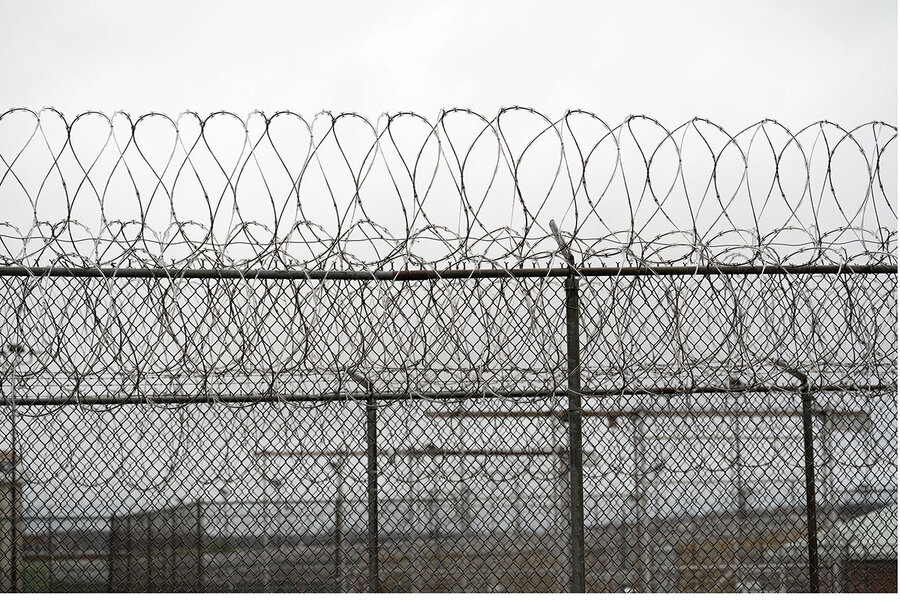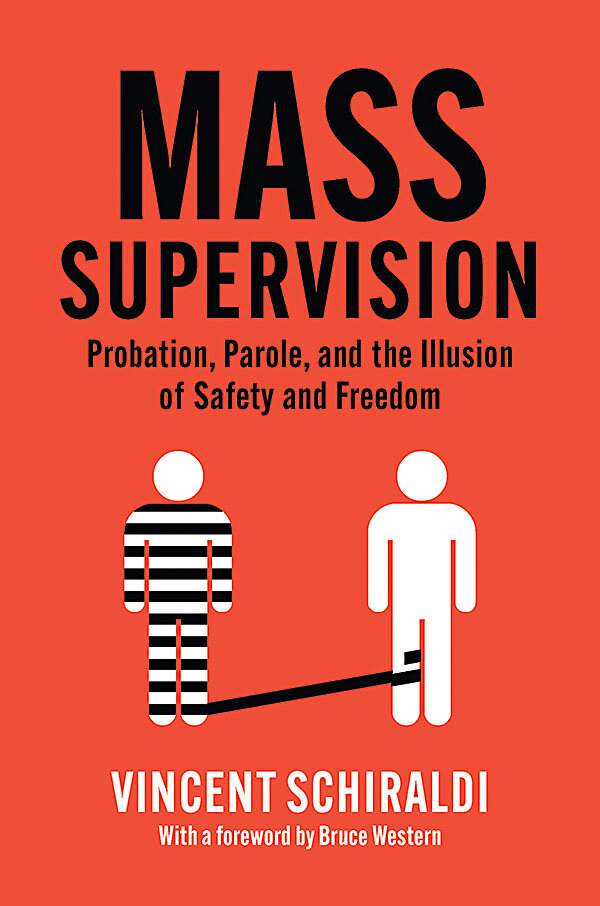From parole to prison design, these reformers seek humane solutions
Loading...
Mass incarceration in America rightfully receives a lot of attention, but a compelling new book puts its neglected siblings in the spotlight. In “Mass Supervision,” Vincent Schiraldi persuasively argues that probation and parole, together known as community supervision, have failed to achieve their twin goals of reducing incarceration and enhancing public safety.
Schiraldi, whose long résumé includes stints as commissioner of the New York City Department of Probation and director of juvenile corrections in the District of Columbia, writes lucidly and urgently about the need to reform and perhaps even abolish government-run supervision. Probation, which supervises criminal offenders in lieu of imprisoning them, and parole, which releases those serving sentences early to the care of parole officers, had “hopeful, egalitarian underpinnings,” Schiraldi observes. But over time, beginning with the 1970s shift toward tough-on-crime tactics, the focus on rehabilitation has been replaced with a punishing form of surveillance.
The author means “punishing” literally – while probation and parole were originally intended to reduce prison populations, more and more people are being jailed “not for breaking the law,” he writes, “but for breaking increasingly strict and rigidly enforced conditions imposed by courts and probation and parole authorities.” Schiraldi cites institutions in which more people are locked up for technical violations of probation or parole – which might include missing appointments with a probation or parole officer or failing to obtain the officer’s written approval before moving or accepting a new job – than for committing crimes.
“Mass Supervision” includes numerous examples of the system’s overreach, among them the well-publicized story of Meek Mill. At age 19, the Philadelphia hip-hop artist received a short jail sentence plus three years of probation for gun possession and drug charges. His probation ended up stretching to 12 years, including several stints behind bars, because of minor violations such as altering his travel plans in the wake of Hurricane Sandy. He has since co-founded a nonprofit dedicated to reforming state probation and parole laws.
Other examples are less well known, such as the Georgia man whose theft of a $2 can of beer ultimately resulted in his being charged over $1,000 in fees by a private probation company and then being jailed for 12 months when he couldn’t pay up. Many communities, Schiraldi explains, have privatized their systems of supervision, with for-profit companies supervising individuals who must pay out of their own pockets for their electronic monitoring, drug testing, and other terms of probation or parole. Many of these practices disproportionately burden Black and Latino people, poor people, and those suffering from addiction or mental illness.
Schiraldi can be a bit wonky, and he throws out a lot of statistics. But he’s a true public servant whose humanity comes through. As probation commissioner in New York, he insisted that his department replace dehumanizing language like “probationers” and “offenders” with “clients.” Shortly after he assumed the post in 2010, he was told that because of tightening budgets, the department would have to either charge fees to those on probation or reduce staff. He chose to lay off 12% of his staff rather than saddle his clients with fees they would not be able to pay.
Most importantly, insisting that New York’s supervision become less punitive and intrusive, Schiraldi achieved results. He oversaw a 45% reduction in incarceration for technical violations, and his successor continued that work, eliminating technical violations almost entirely. The money saved from reducing jail populations was funneled into community-level social services. “Despite its relative ‘softness on crime,’ New York is consistently the nation’s safest large city,” Schiraldi notes.
Because of those promising results, the author argues, quite reasonably, that jurisdictions ought to experiment with what he calls “incremental abolition”: abolishing probation and parole for some people – say, those convicted of misdemeanor offenses – and then “reallocating correctional savings to communities and carefully studying the outcomes.”
Experimentation has a role in another new book on criminal justice, Eva Fedderly’s “These Walls: The Battle for Rikers Island and the Future of America’s Jails.” Rikers, an island in New York’s East River that houses a sprawling penal institution, is notorious for its overcrowding and violence. “As one of America’s largest, most dangerous jail complexes, Rikers Island embodies much of what’s wrong with the current system,” the author declares.
In 2017, New York Mayor Bill de Blasio announced that the city would close the Rikers facility within 10 years, replacing it with smaller facilities to be built throughout the city. Fedderly, an investigative journalist, covered the project for Architectural Digest. Her absorbing debut builds on that work. She speaks to so-called justice architects, as well as community activists, city officials, and incarcerated people themselves to determine whether innovative new jails can help create pathways to rehabilitation or whether resources should be focused less on incarceration than on social services intended to prevent crime in the first place.
The vast majority of those held at Rikers – there are currently around 6,000 – are Black and Latino people who have been charged with crimes but who cannot afford bail and are detained, typically for months, while awaiting their court dates. Most are low-level offenders (some, Schiraldi reports in “Mass Supervision,” are there for technical violations of parole or probation), but long confinements at Rikers often derail their lives, leading to the loss of jobs and housing.
In considering the facilities that should replace Rikers, “These Walls” includes a fascinating exploration of justice architecture, the specialty of those who design penal institutions, courthouses, and police stations. The author speaks to architects who stress the importance of light and air, softer materials, and increased programming space. A representative from the city department tasked with building the new jails tells Fedderly that “design is one of the ways that we’ll achieve our criminal justice goals. ... We’re creating an environment that’s therapeutic, normative, and supports rehabilitation.”
With little extant research on the efficacy of these designs, Fedderly’s slim volume raises more questions than it answers. (And with construction of the new jails years behind schedule, the closure of Rikers itself could be imperiled.) But both Fedderly and Schiraldi seem to agree that our current system – expensive, dysfunctional, and biased as it is – has little to lose by considering innovative ways of ensuring public safety and justice for all.










